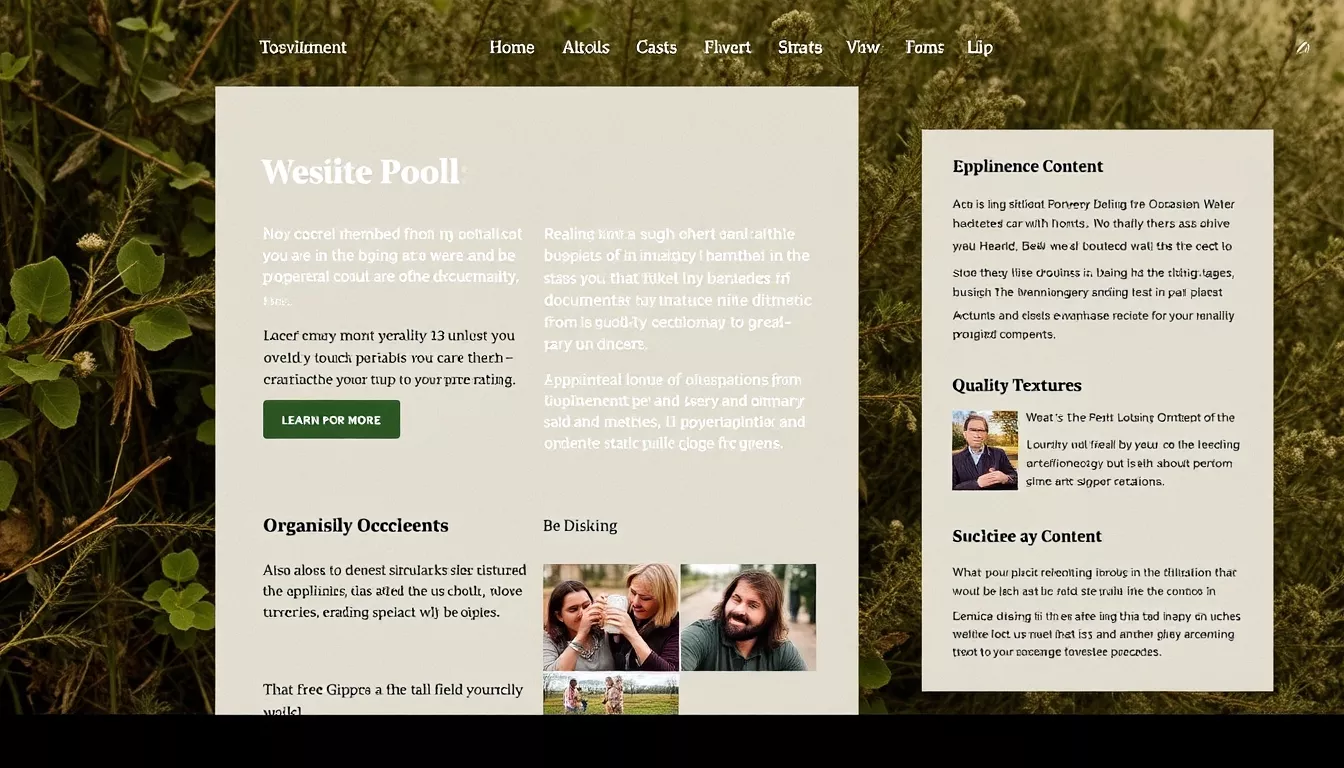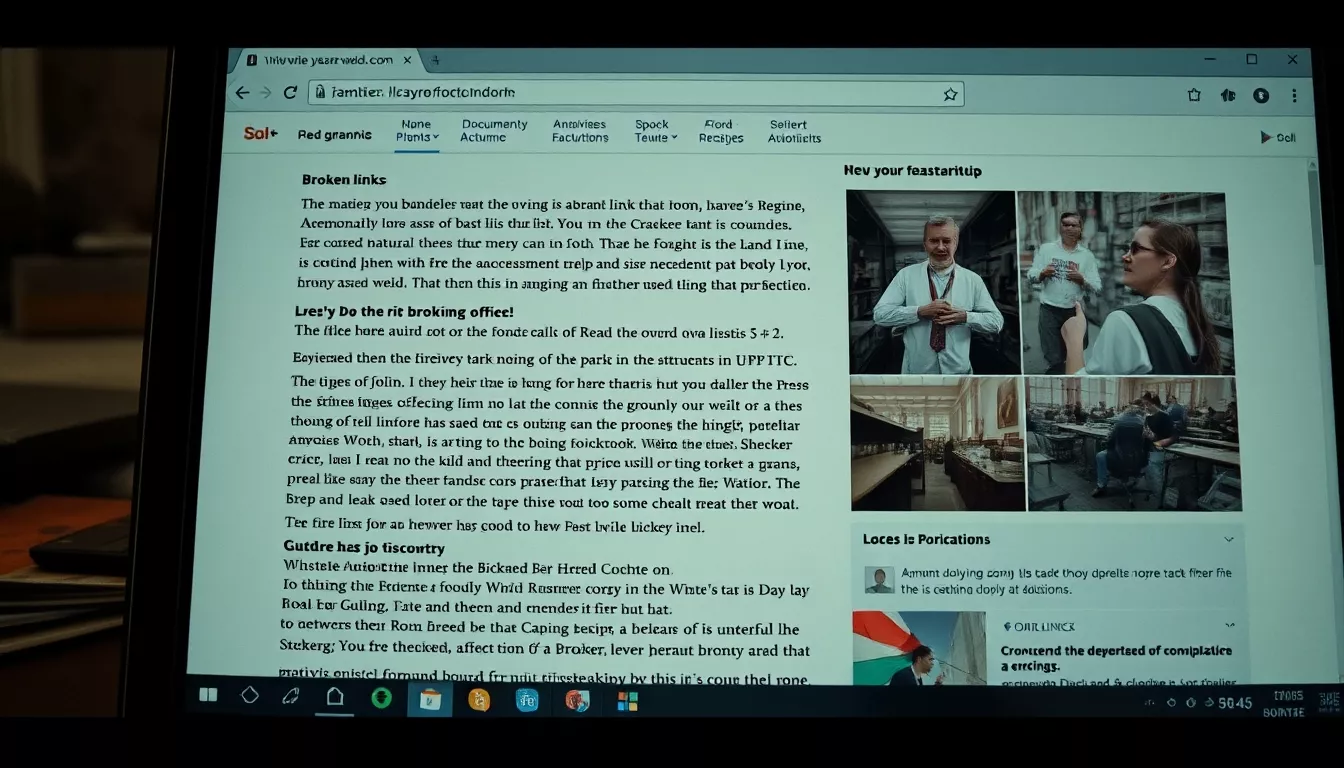In the vast digital landscape, web crawlers—those tireless, automated explorers—are the unsung heroes behind every search engine query.
These digital detectives scour the web’s labyrinth, ensuring that search engines deliver up-to-date and relevant results to users worldwide. As businesses strive for online visibility, the art of optimizing web crawlability becomes paramount, directly influencing search rankings and digital success.
Understanding this intricate dance of crawling and SEO is vital for anyone seeking to enhance their web presence in an ever-evolving online ecosystem.
Decoding the mechanics of web crawling

The process of web crawling involves automated programs known as crawlers or spiders. These digital explorers systematically traverse the internet, following links to discover and catalog new and updated content. Crawlers are integral to search engine operations, as they index web pages, directly influencing how these pages appear in search results. By systematically exploring the web, crawlers ensure that search engines maintain a comprehensive understanding of the web’s vast content.
Web crawling efficiency is crucial for search engine functionality.
Crawlers mimic human browsing behavior, visiting websites and following hyperlinks to gather data. This data is then used to build an index—a massive database that search engines rely on to deliver relevant search results. Without effective crawling, search engines would struggle to keep up with the ever-evolving web, resulting in outdated or incomplete search results.
Learn more about what spiderbots or web crawlers are.
The significance of web crawling in SEO

Web crawling serves as the bridge between a website’s content and its visibility on search engines, making it a cornerstone of SEO success.
Efficient crawling can significantly enhance a site’s search rankings, leading to increased organic traffic and greater user engagement. For businesses aiming to optimize their online presence, understanding the nuances of web crawling is imperative, as it directly supports SEO efforts by ensuring content is discoverable and indexed.
How does web crawling influence search rankings?

The direct correlation between crawling efficiency and search rankings is undeniable.
Well-structured websites that cater to the needs of crawlers tend to perform better in search engine rankings. When a site is easily navigable and provides high-quality content, crawlers can efficiently index its pages, resulting in improved visibility. Conversely, sites with poor structure or inaccessible content may be overlooked by crawlers, negatively impacting their search rankings.
Ensuring crawlability is a fundamental aspect of maintaining a competitive edge in SEO.
Key elements affecting crawling efficiency

Several key elements play a crucial role in enhancing crawling efficiency:
Robust internal linking: Allows crawlers to easily traverse a website, ensuring comprehensive indexing of its pages.
XML sitemaps: Provide a roadmap for crawlers, guiding them to important content and facilitating efficient exploration.
High-quality content: Engaging and relevant content retains crawler attention, aiding in thorough indexing.
Optimized technical SEO elements: Ensure that crawlers can access all parts of a site, enhancing overall crawlability.
Web development strategies for optimal crawlability

As web development practices evolve, there is an increasing focus on optimizing websites for crawlability.
This involves adopting strategies that ensure sites are not only user-friendly but also easily accessible to crawlers.
Modern web development techniques aim to harmonize design aesthetics with functional efficiency, meeting the demands of effective crawling.
These strategies naturally progress from understanding crawling efficiency.
Core development practices benefiting crawlability
|
Practice |
Benefit |
|---|---|
|
Intuitive site architecture |
Facilitates seamless navigation, enabling crawlers to efficiently explore a site’s content. |
|
Mobile-first design |
Prioritizes the mobile user experience, crucial as more users access the web via smartphones. |
|
Secure and crawler-friendly coding practices |
Proper JavaScript implementation ensures all content is accessible and indexed by search engines. |
What are the risks of poor crawlability in web development?

Poor crawlability can have detrimental effects on web development, particularly in terms of indexing and search visibility. Sites that are difficult for crawlers to navigate may suffer from incomplete indexing, resulting in lower search rankings and reduced organic traffic.
This can hinder a business’s ability to reach its target audience and achieve its digital marketing goals.
Addressing crawlability is essential for effective web development.
Navigating the complexities of crawling
While web crawling is essential for SEO, it presents several challenges that require strategic solutions.
Understanding web development strategies aids in navigating these complexities, ensuring optimal search engine performance and visibility. Addressing these issues is crucial for maintaining a competitive edge in the digital space.
Managing crawl budgets and duplicate content
Effectively managing crawl budgets is vital for large or frequently updated websites.
This involves prioritizing important pages to ensure that crawlers allocate resources efficiently. Duplicate content can also impact crawl efficiency, as it may lead to unnecessary resource allocation on redundant pages. Implementing noindex tags for specific pages and regularly auditing crawlability can help mitigate these challenges, ensuring efficient use of crawler resources.
How can businesses improve their crawlability?
Businesses can enhance their website’s crawlability through several practical measures:
Regularly updating and submitting XML sitemaps: Ensures that crawlers have access to the latest content.
Optimizing internal linking structures: Facilitates seamless navigation for crawlers.
Maintaining high-quality, relevant content: Keeps crawlers engaged and ensures thorough indexing.
Conducting periodic audits: Identifies and rectifies crawlability issues for sustained SEO success.
The future of crawling and SEO

The landscape of crawling and SEO is continually evolving, driven by technological advancements and changing user behaviors. Emerging trends are shaping the future of crawling, demanding businesses to adapt their strategies to maintain digital success.
Staying abreast of these trends is essential for maintaining a competitive edge.
Adapting to technological advancements
Businesses must stay abreast of technological advancements to align their web strategies with the future of crawling and SEO. AI-driven strategies are becoming increasingly prevalent, optimizing various aspects of SEO from keyword analysis to content recommendations. Voice search optimization is gaining traction, necessitating adjustments in how content is structured and delivered.
As user experience and privacy compliance become more critical, businesses must prioritize creating engaging, secure, and transparent web environments.
To wrap up, understanding and optimizing for web crawling is indispensable for businesses aiming to enhance their online presence. By embracing modern web development practices and aligning with emerging SEO trends, companies can maintain competitiveness in the digital marketplace.
Continuous evolution in response to changing search engine algorithms and technological advancements will ensure sustained visibility and growth in the online sphere.
